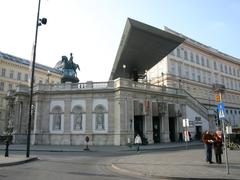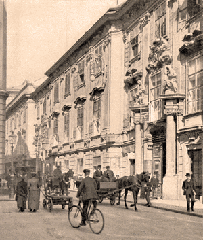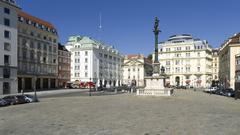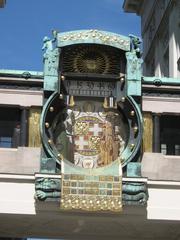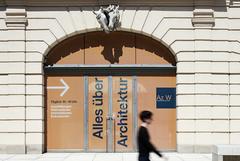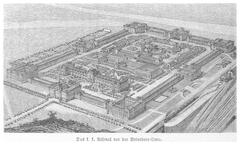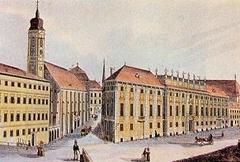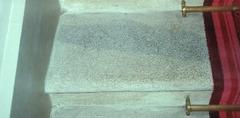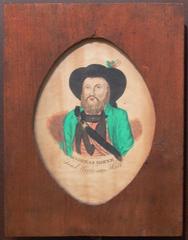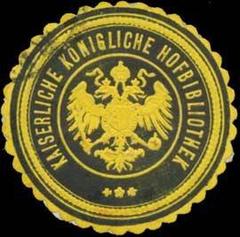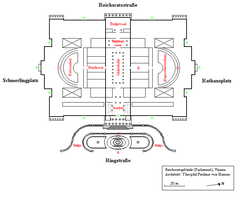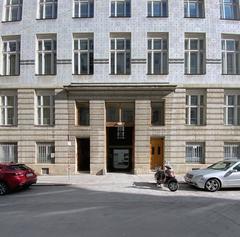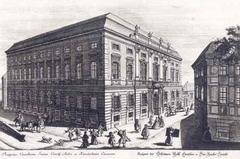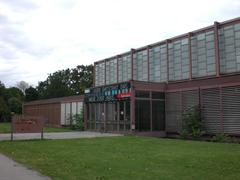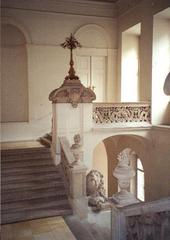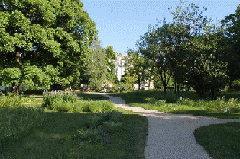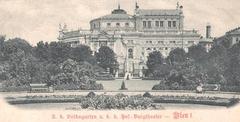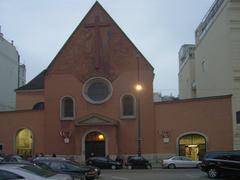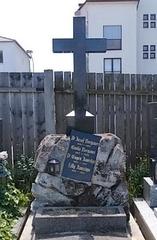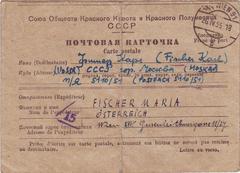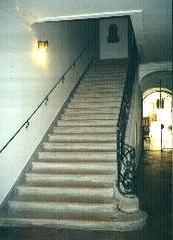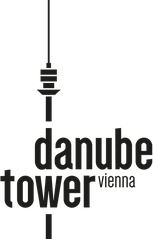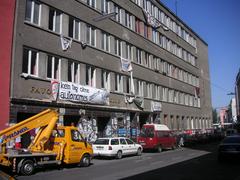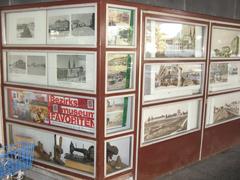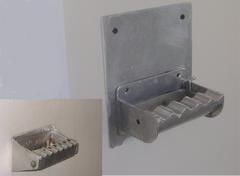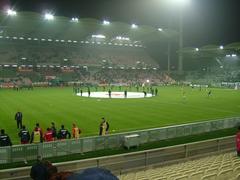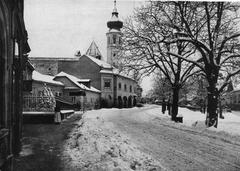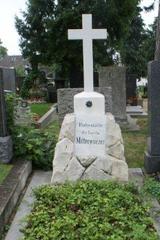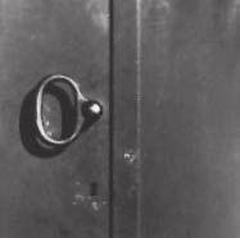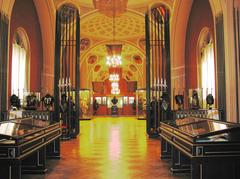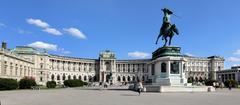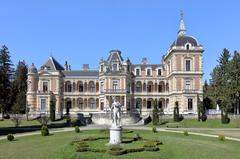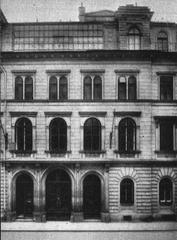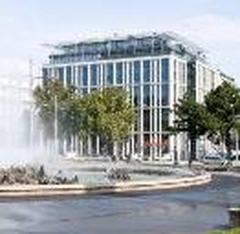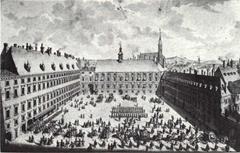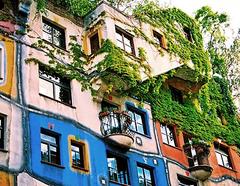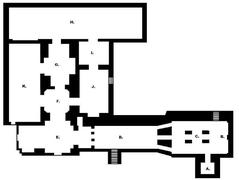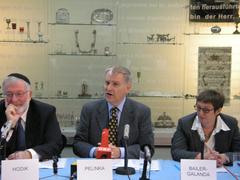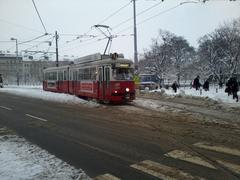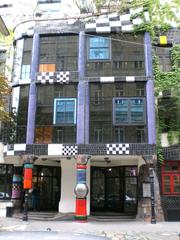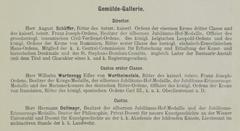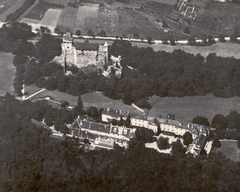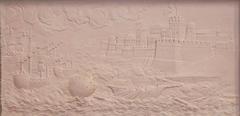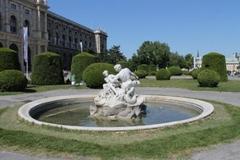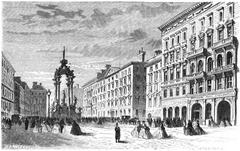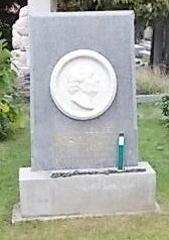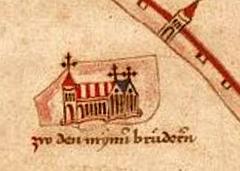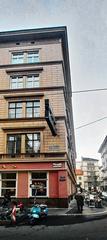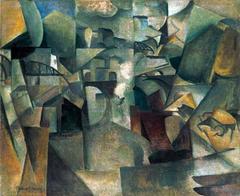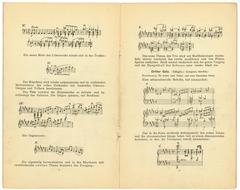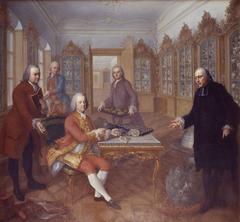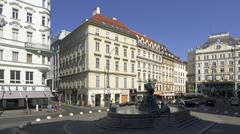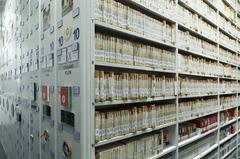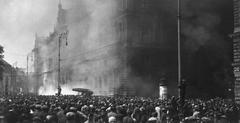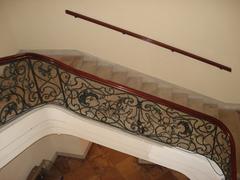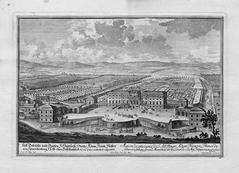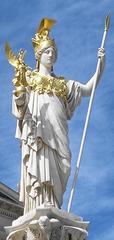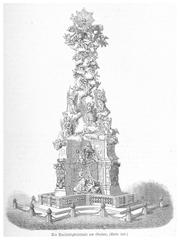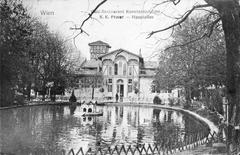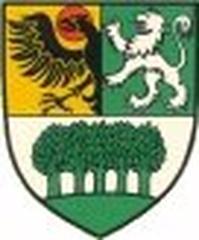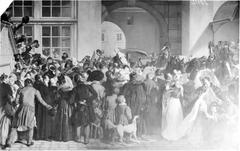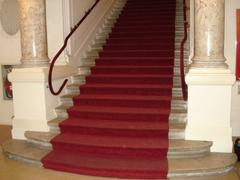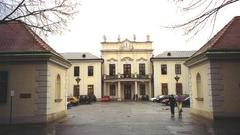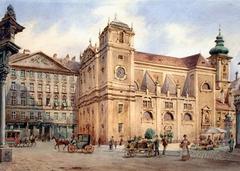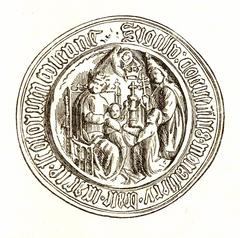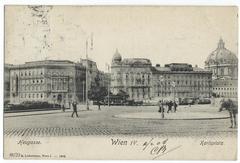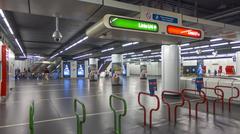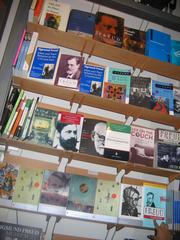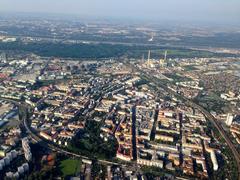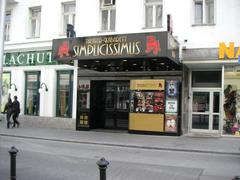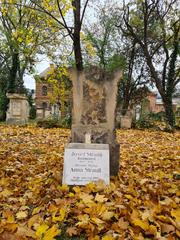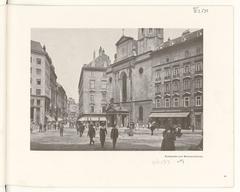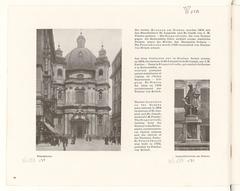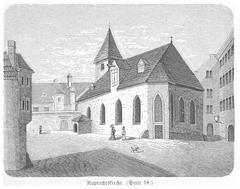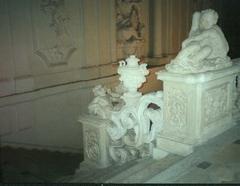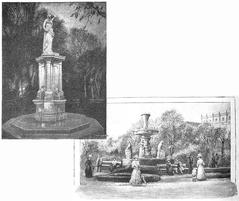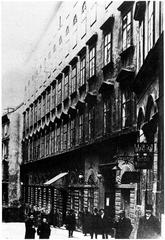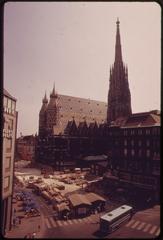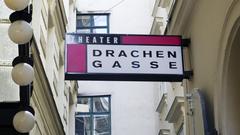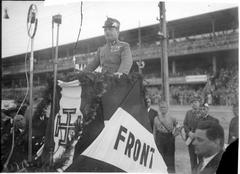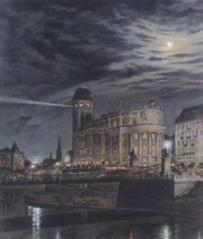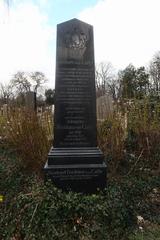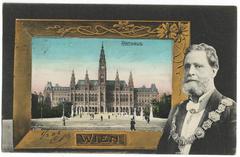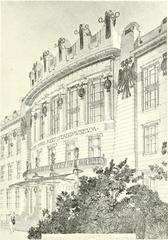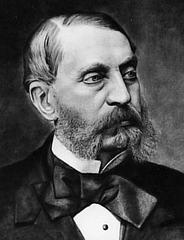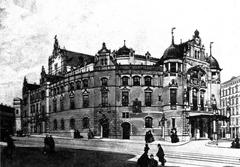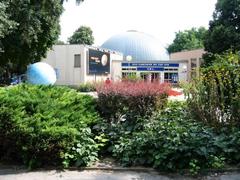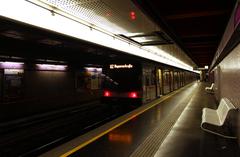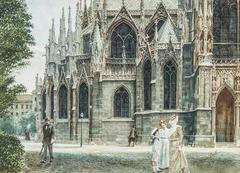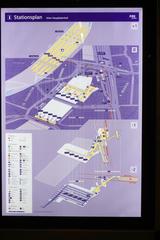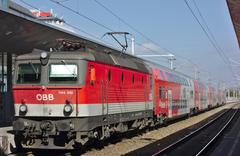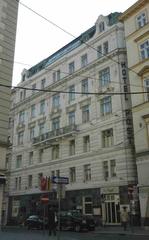
Visiting Wiener Riesenrad: Hours, Tickets, and Tips
Date: 16/08/2024
Introduction
The Wiener Riesenrad, also known as the Vienna Giant Ferris Wheel, is one of Vienna’s most iconic landmarks, offering visitors a unique blend of historical significance and modern-day enjoyment. Constructed in 1897 to commemorate the Golden Jubilee of Emperor Franz Joseph I, this Ferris wheel stands as a testament to Vienna’s rich industrial heritage and resilience. Over the years, it has borne witness to many historical events, including both World Wars, and has been a symbol of the city’s cultural and technological advancements. Today, it continues to draw millions of visitors annually, providing breathtaking panoramic views of Vienna and offering a range of attractions in its vicinity, making it a must-visit for anyone traveling to the Austrian capital. This comprehensive guide will delve into the history, cultural significance, and essential visitor information for the Wiener Riesenrad, ensuring that you have all the details needed for a memorable visit. For more information, you can check the official website and other reliable sources (Vienna.info, Vienna Unwrapped).
Table of Contents
- Introduction
- History of Wiener Riesenrad
- Cultural Significance
- Recent Developments
- Visitor Information
- Preservation Efforts
- FAQ
- Conclusion
- References
History of Wiener Riesenrad
Origins and Construction
The Wiener Riesenrad was constructed in 1897 to celebrate the Golden Jubilee of Emperor Franz Joseph I. British engineers Walter Bassett and Harry Hitchins, known for their work on similar structures in the United Kingdom, oversaw its design and construction. Initially, the Ferris wheel was a part of a larger amusement park in the Prater, a popular public park in Vienna. Standing at a height of 64.75 meters (212 feet), it was one of the tallest Ferris wheels in the world at the time. The wheel originally featured 30 gondolas, each capable of holding up to 15 passengers, allowing for a total capacity of 450 people per ride.
Early 20th Century and World War I
In the early 20th century, the Wiener Riesenrad became a symbol of Vienna’s modernity and technological advancement. However, World War I led to a decline in tourism and public entertainment, causing the Ferris wheel to fall into disrepair.
Interwar Period and World War II
The interwar period saw a resurgence in the popularity of the Wiener Riesenrad. It appeared in various films and postcards, further cementing its status as a Viennese icon. However, it faced another significant challenge during World War II. In 1944, the Ferris wheel was severely damaged by bombings, with only 15 of the original 30 gondolas surviving the war.
Post-War Reconstruction and Modernization
After World War II, the Wiener Riesenrad underwent extensive reconstruction, completed in 1947. The number of gondolas was reduced to 15, a configuration that remains to this day. The 1980s saw further modernization, including new lighting systems and refurbished gondolas for a more comfortable visitor experience. The Ferris wheel also became a popular venue for special events like weddings and corporate functions.
Cultural Significance
The Wiener Riesenrad holds a special place in Viennese culture and has been featured in numerous films, books, and artworks. One of its most famous appearances is in the 1949 film “The Third Man,” directed by Carol Reed and starring Orson Welles. The Ferris wheel symbolizes resilience and continuity for Vienna, having withstood wars and economic downturns while remaining a beloved landmark.
Recent Developments
In recent years, the Wiener Riesenrad has continued to attract millions of visitors annually. It plays a crucial role in Vienna’s tourism industry, offering panoramic views of the city and the Danube River. The Ferris wheel is also a focal point for various cultural and public events, including the annual New Year’s Eve celebrations. In 2016, it celebrated its 120th anniversary with special events and exhibitions, highlighting its historical significance and cultural heritage.
Visitor Information
Ticket Prices and Visiting Hours
- Ticket Prices: Adults: €12, Children (3-14 years): €5, Seniors: €9.50
- Visiting Hours: Daily from 10:00 AM to 10:00 PM (hours may vary seasonally)
Travel Tips
- Location: Prater, 1020 Vienna, Austria
- Public Transport: Easily accessible via the U1 and U2 metro lines, Praterstern station
- Best Time to Visit: Early morning or late afternoon to avoid crowds
Nearby Attractions
- Prater Amusement Park: Offers various rides and attractions for all ages
- Madame Tussauds Vienna: Located nearby, featuring lifelike wax figures of famous personalities
- Danube River: Perfect for a leisurely boat ride or riverside walk
Accessibility
The Wiener Riesenrad is wheelchair accessible, and assistance is available for visitors with mobility issues. Check the official website for more detailed accessibility information.
Preservation Efforts
Efforts to preserve the Wiener Riesenrad have been ongoing. Listed as a protected monument, any renovations or modifications are carried out with respect to its historical value. A comprehensive restoration project completed in 2022 addressed wear and tear and upgraded the mechanical systems, ensuring the Ferris wheel’s longevity.
FAQ
Q: What are the Wiener Riesenrad’s visiting hours? A: The Ferris wheel is open daily from 10:00 AM to 10:00 PM, although hours may vary seasonally.
Q: How much do tickets cost? A: Ticket prices are €12 for adults, €5 for children (3-14 years), and €9.50 for seniors.
Q: Is the Wiener Riesenrad wheelchair accessible? A: Yes, the Ferris wheel is wheelchair accessible, and assistance is available for visitors with mobility issues.
Conclusion
The Wiener Riesenrad stands as a testament to Vienna’s rich history and cultural resilience. Whether you’re a history enthusiast or simply looking for a unique experience, a visit to this iconic Ferris wheel is a must. For more information on visiting hours, ticket prices, and nearby attractions, be sure to check the official website and plan your visit today!
References
- Wiener Riesenrad. (2024). In Wikipedia. Retrieved from Wikipedia
- Vienna Giant Ferris Wheel. (2024). Retrieved from Vienna.info
- The Third Man. (1949). Directed by Carol Reed. Retrieved from IMDb
- Wiener Riesenrad: A Symbol of Vienna. (2024). Retrieved from Vienna Unwrapped



